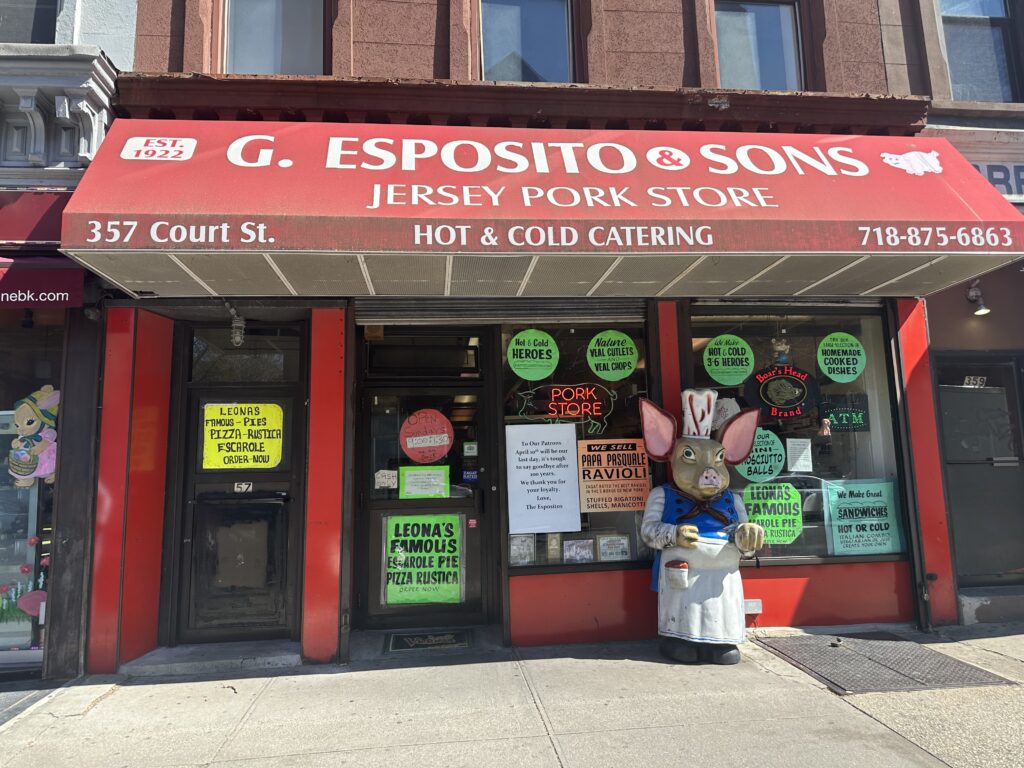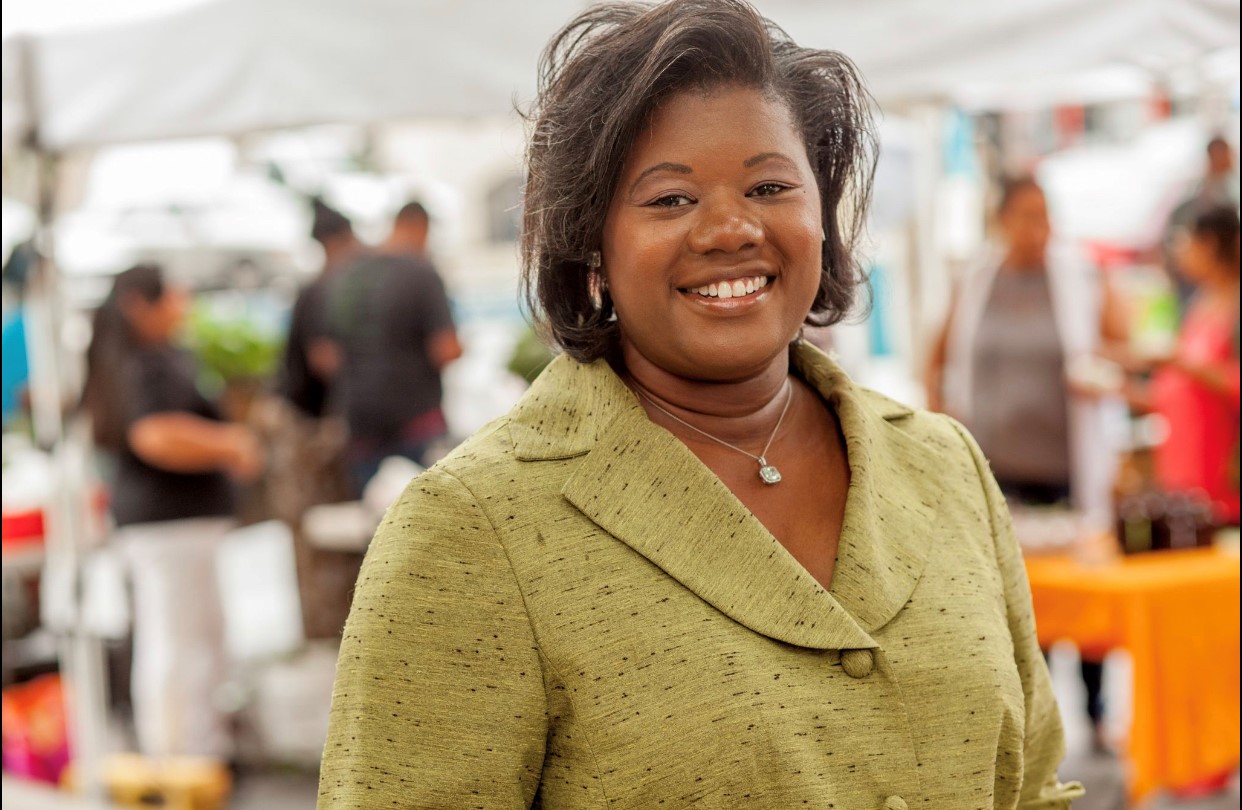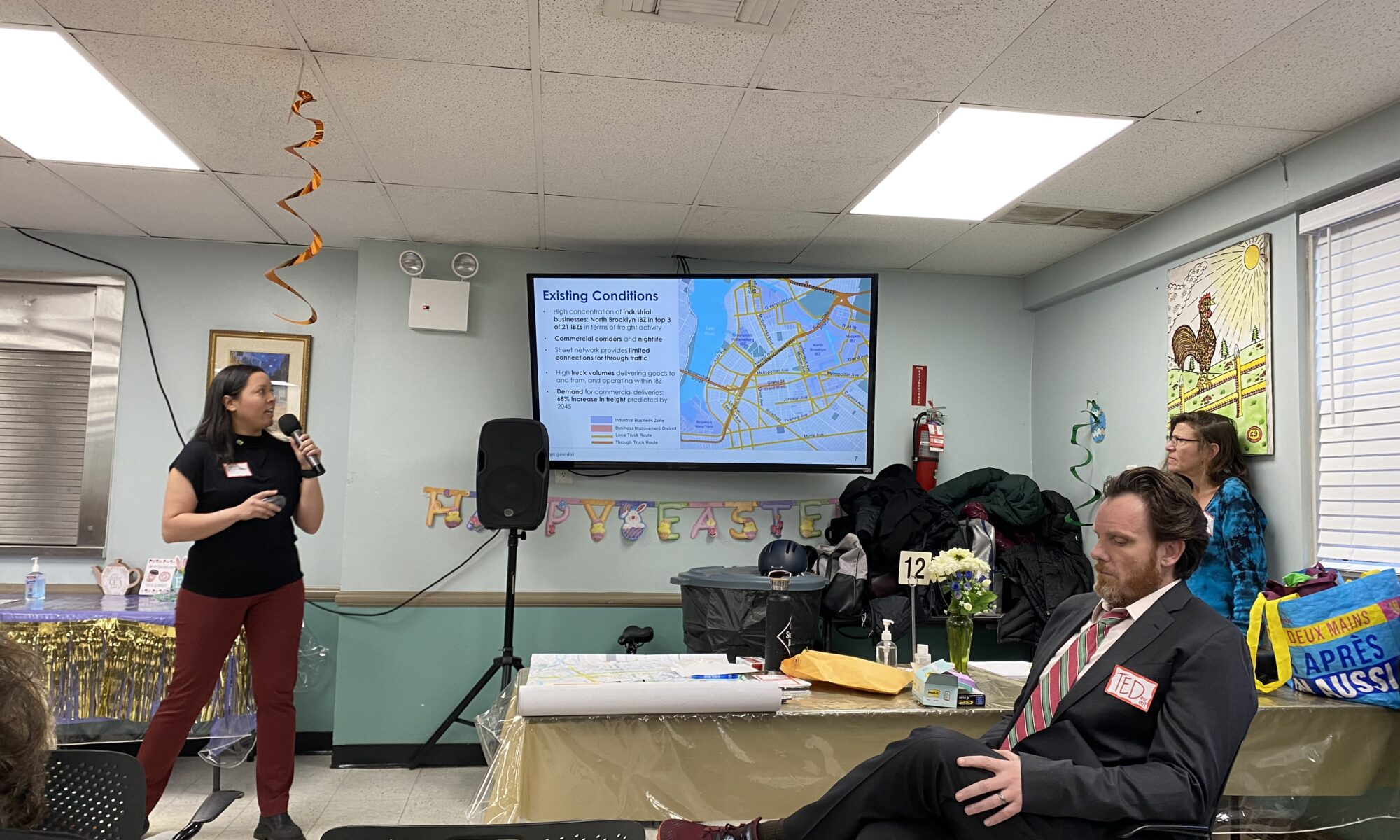By Oona Milliken | omilliken@queensledger.com
On Cadman Plaza, nestled amongst a cluster of institutional buildings like the Brooklyn Borough Hall, the County Clerk’s office and various other courthouses criminal and otherwise, stands an institution in its own right: Brooklyn’s own Biggie Smalls. A nine-foot tall interactive sculpture of the late rapper was unveiled on Wed. Aug 2 and was celebrated with speeches from Brooklyn Borough President Antonio Reynoso and other community leaders, a dance performance by Victory Music & Dance Company as well as a marching band concert.
Sherwin Banfield, the artist who created the sculpture, said he was inspired to make the piece because of his connection to Biggie’s creativity and artistry.
“I was exposed to Biggie my first year of Parsons School of Design, my next door neighbor, he invited me over and said ‘You’ve got to hear this, this album just dropped,’ this was in 94, it was ‘Ready to Die,’” Banfield said. “When I listened and I heard it, I was completely blown away. It was completely unlike anything I’d ever heard before. It was cinema, cinema as music.”
The sculpture, dubbed “Sky’s the Limit in the county of Kings,” is cast with Biggie’s face in bronze, complemented with a variety of different materials such as resin, stone and stainless steels and also includes an audio component powered by solar panels that run alongside Big’s back. Hip-hop is not just being honored in Cadman Plaza: there is a world-wide movement to celebrate 50 years of hip-hop music, with multiple events happening in New York City this summer. Banfield said he was heavily inspired by hip-hop music, and that he wanted to mix different artistic mediums to mimic the genre’s amalgamating of different sounds and musical styles. In an interview, he also said he wanted the statute to inspire young people.
“This sculpture is not for everyone, but for kids that find themselves in unusual circumstances that are hurtful, or they might feel like the world is against them,” Banfield said. “You know, they can look towards this sculpture as an achievement for someone that took their talents, that took their God-given talents, and ran with it. Biggie said, ‘If you find something that’s in you, just develop it.’”
Biggie Smalls, who also went by the Notorious B.I.G, Biggie or just Big, was born 1972 as Christopher George Latore Wallace in Clinton Hill. He is often named by critics and other musicians as one of the best rappers of all time. Biggie was multi-faceted, and touched upon deeper subjects like struggle, depression, compassion, love, and suicide in a way that other hip-artists at the time would not speak about publicly. Oftentimes, he was also vulgar, rapping bluntly about sex, violence and drugs, and was controversial for the darkness of his lyrics. Overall, his rumbling voice, melodic lyricism and gritty storytelling came to represent East Coast hip-hop alongside peers such as Nas and Jay-Z.
Public Advocate Jumaane Williams said that hip-hop was incredibly important to young people growing in the city, and it was heartwarming to be celebrating such an influential artist in his birthplace.
“Hip-hop was, and is, the soundtrack of our lives,” Williams said. “To see the impact hip-hop has is amazing. To be celebrating 50 years [of hip-hop], to be able to unveil a Biggie Smalls, Notorious B.I.G bust and statue in front of Borough Hall…who would have thought that it going to be what it was when we were bumping our heads on the train, on the bus, listening to “Ready to Die,” listening to Biggie. It’s just amazing.”
An attendee of the event who goes by K.C., short for King Crust, went to the same school as Biggie, and said that watching someone from Brooklyn become such a big name in the music industry inspired others from the neighborhood to follow their own passions. According to King Crust, Biggie represents the essence of Brooklyn.
“Hip-hip is life, hip-hop is everything. The rhythm of how you carry your everyday is hip-hop,” King Crust said. “Biggie Smalls is the illest. That should be known all across the world. He was the illest to ever do it.”
The statue will be available for viewing on Cadman Plaza until November.
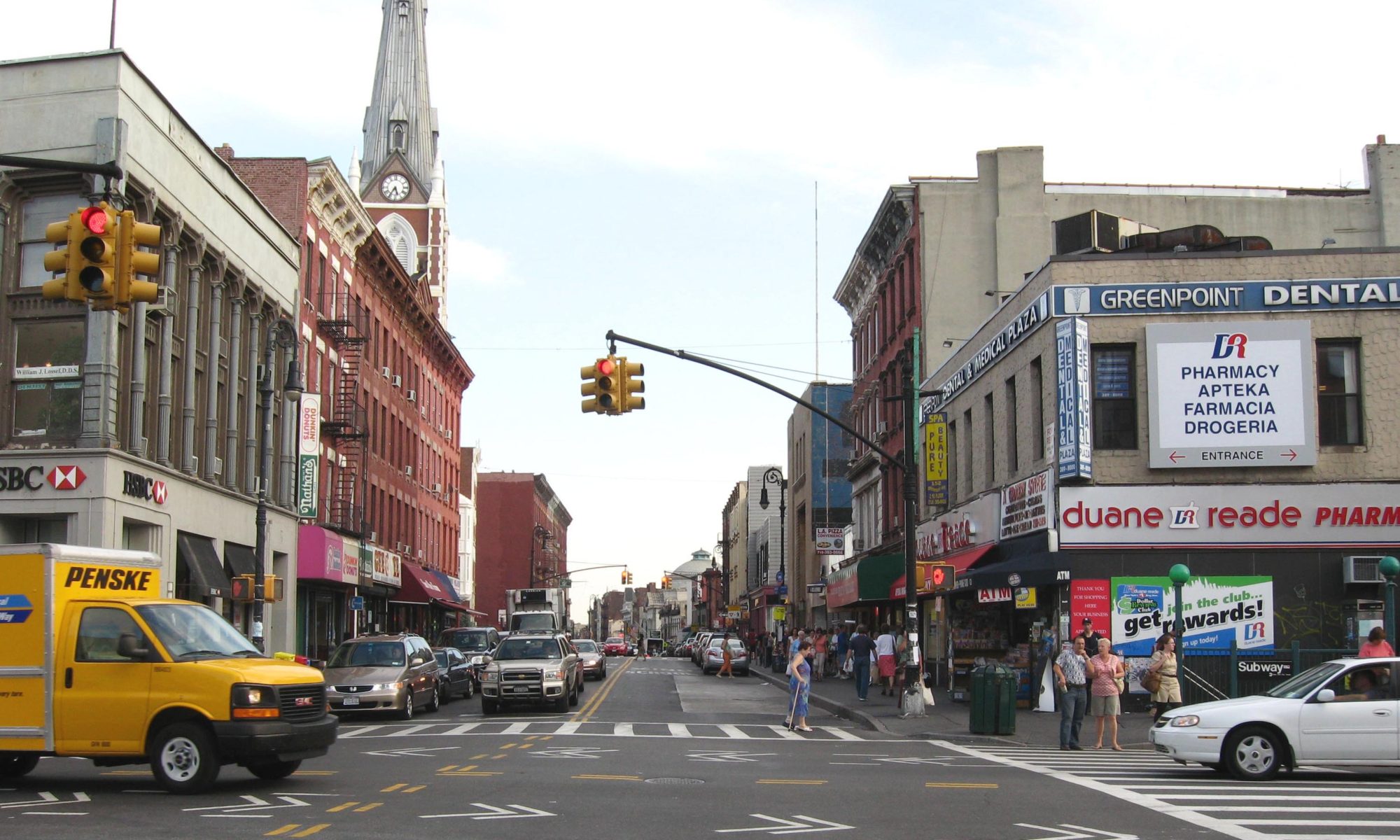


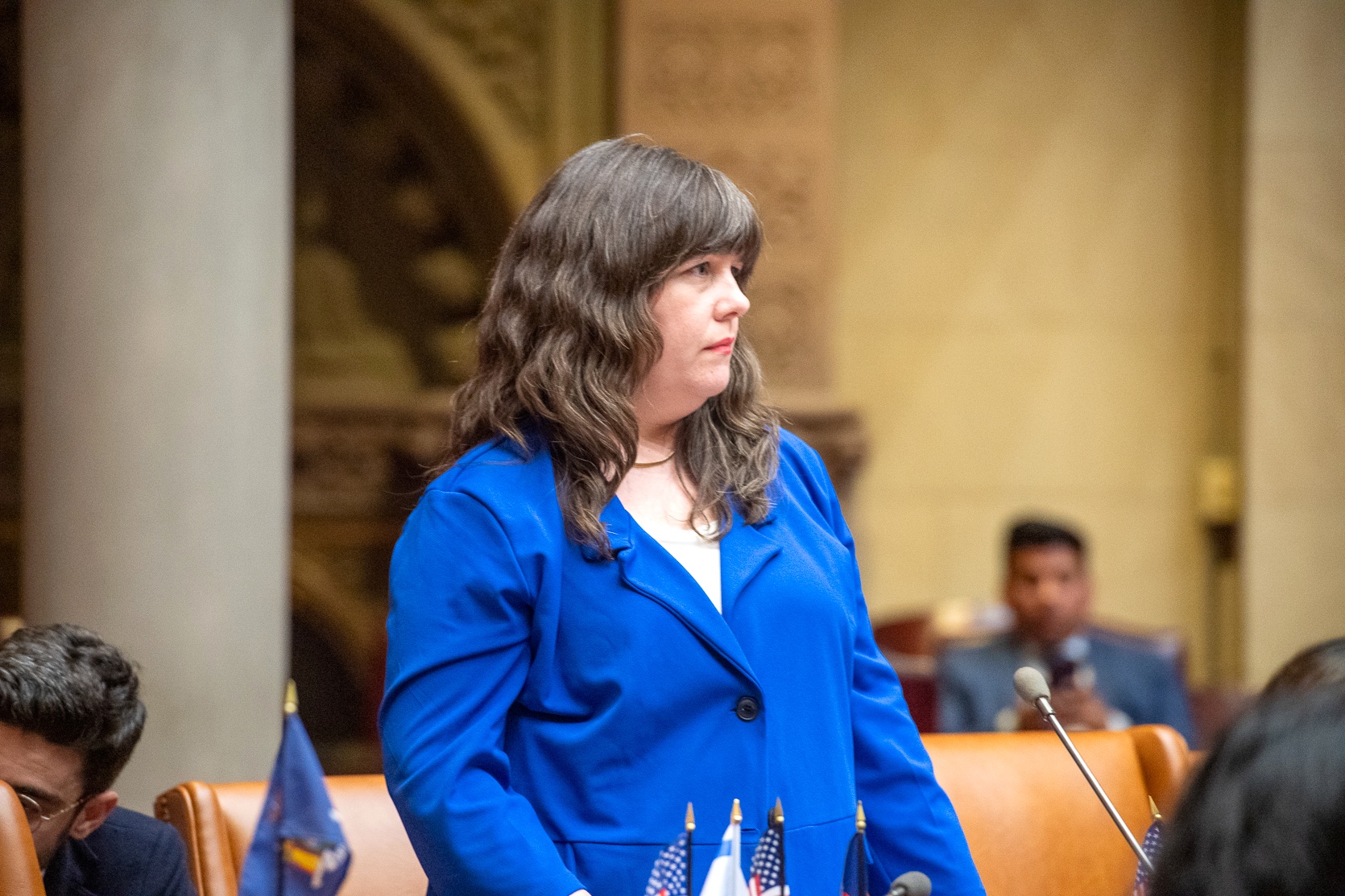





/cdn.vox-cdn.com/uploads/chorus_asset/file/24320551/12.27.2022_10.jpg)
